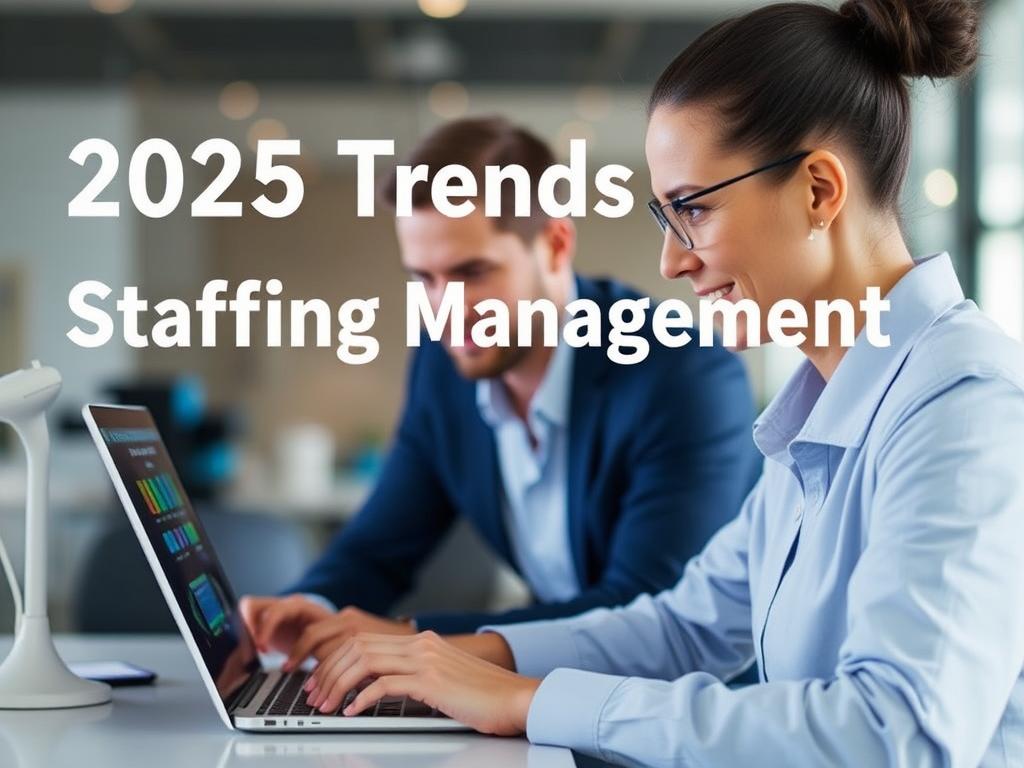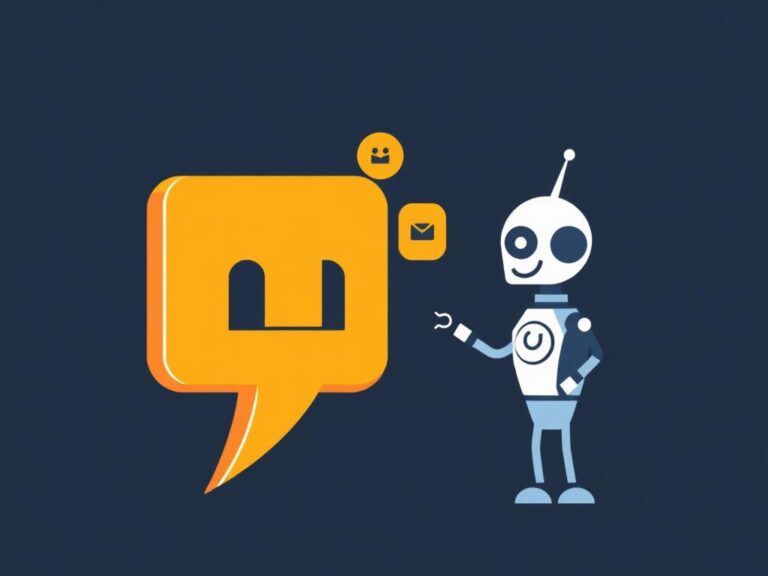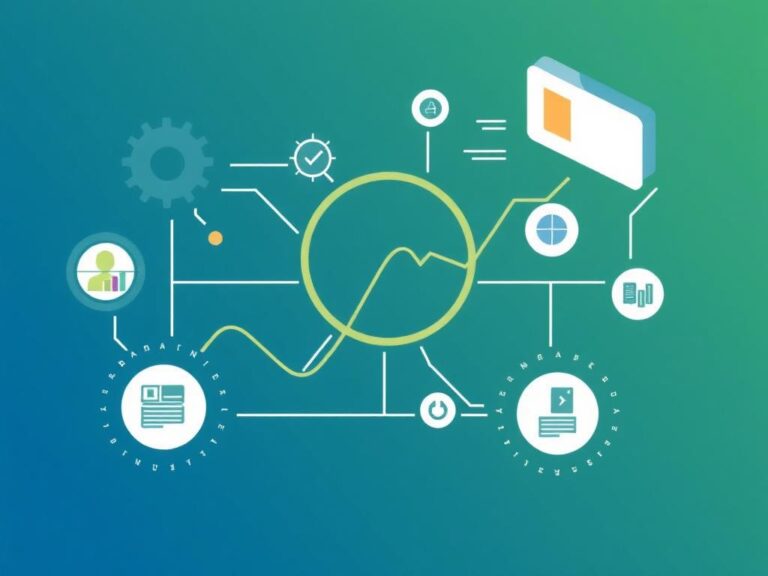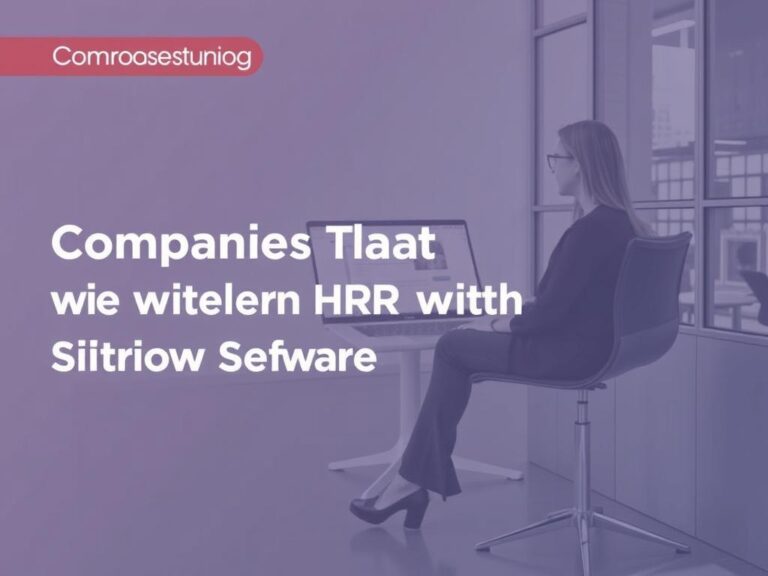2025 Trends in Staffing Management Technology: What’s Shaping the Future of Workforce Solutions
As we approach 2025, the world of staffing management technology is evolving faster than ever. Businesses across industries are seeking smarter, more efficient ways to hire, manage, and retain talent, driven by innovations in artificial intelligence, automation, and data analytics. If you’re a manager, HR professional, or business owner, staying ahead of these trends is crucial for building a competitive and agile workforce. In this article, we’ll explore the most impactful 2025 trends in staffing management technology and how they are transforming the way organizations approach workforce solutions.
The Rise of AI-Powered Candidate Sourcing and Screening
One of the most significant advancements is the integration of artificial intelligence in candidate sourcing and screening. AI algorithms can now sift through thousands of resumes in seconds, identifying the best matches based on skills, experience, and cultural fit. This cutting-edge technology goes beyond keyword matching by using natural language processing (NLP) to understand context within resumes and job descriptions.
For example, AI-powered systems can detect subtle cues about a candidate’s soft skills or potential by analyzing language used in cover letters, past roles, and online portfolios. This trend in staffing management technology drastically reduces time-to-hire and helps eliminate unconscious bias during initial screening.
Benefits of AI in Candidate Screening
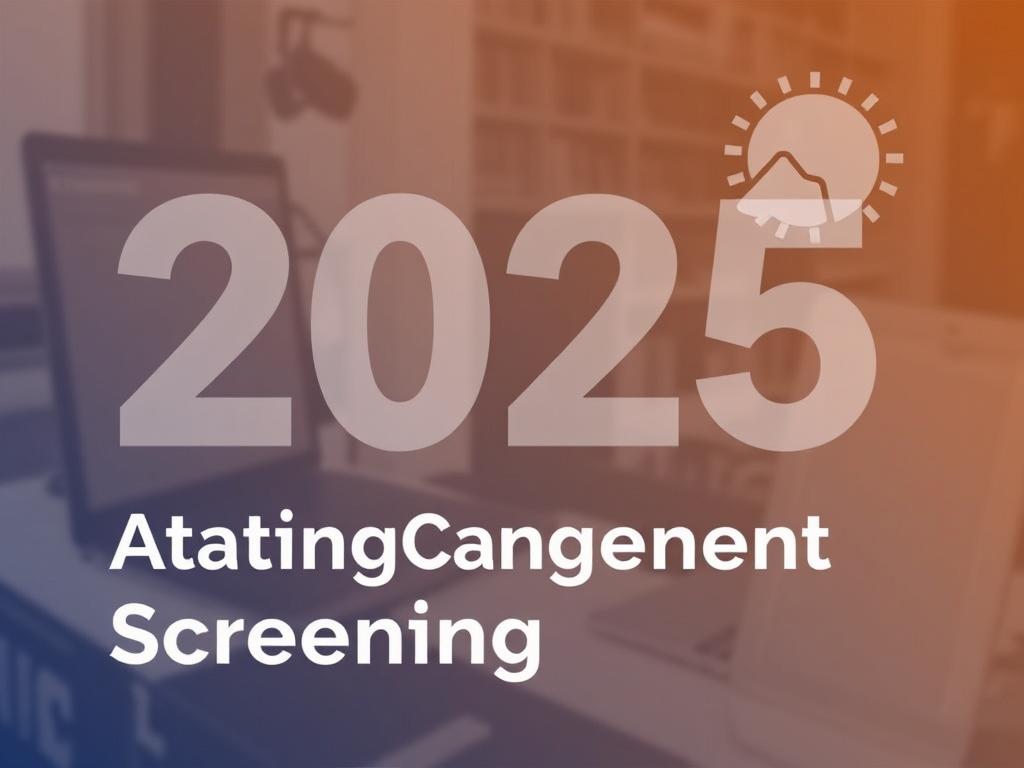
- Faster identification of qualified candidates
- Reduction of human bias in recruitment
- Improved candidate matching to job requirements
- Enhanced scalability during peak hiring periods
Automation of Routine Staffing Tasks
In addition to enhanced sourcing capabilities, automation is revolutionizing routine staffing processes such as interview scheduling, candidate follow-ups, and onboarding workflows. Staffing management technology tools equipped with automation allow HR teams to offload repetitive tasks, freeing valuable time to focus on strategic decision-making and relationship-building.
Imagine a software that automatically sends out interview invites, collects pre-screening questionnaires, and updates candidates on their application status without any manual input. These AI-driven workflows not only improve efficiency but also enhance candidate experience by providing timely communication.
Examples of Automated Staffing Processes
| Task | Automation Benefit | Impact on HR |
|---|---|---|
| Interview Scheduling | Eliminates manual calendar coordination | Reduces time spent on logistics |
| Candidate Follow-ups | Ensures timely updates via automated messaging | Improves candidate experience and engagement |
| Onboarding Tasks | Streamlines document collection and training assignments | Accelerates new hire productivity |
Data Analytics Driving Smarter Workforce Decisions
Another key trend in staffing management technology for 2025 is the growing use of data analytics to optimize workforce planning and development. Advanced analytics platforms are capable of integrating data from multiple sources like applicant tracking systems, performance management tools, and employee feedback surveys for a comprehensive view of workforce health.
This data-driven approach empowers managers to predict turnover, identify skill gaps, and design targeted training programs tailored to employee needs. Moreover, predictive analytics help forecast future hiring demands, allowing companies to proactively build talent pipelines aligned with business goals.
Uses of Workforce Data Analytics
- Identifying high-risk turnover groups
- Mapping skills shortages and planning upskilling
- Enhancing diversity and inclusion efforts
- Forecasting labor market trends relevant to recruitment
Mobile-First Staffing Platforms for a Flexible Workforce
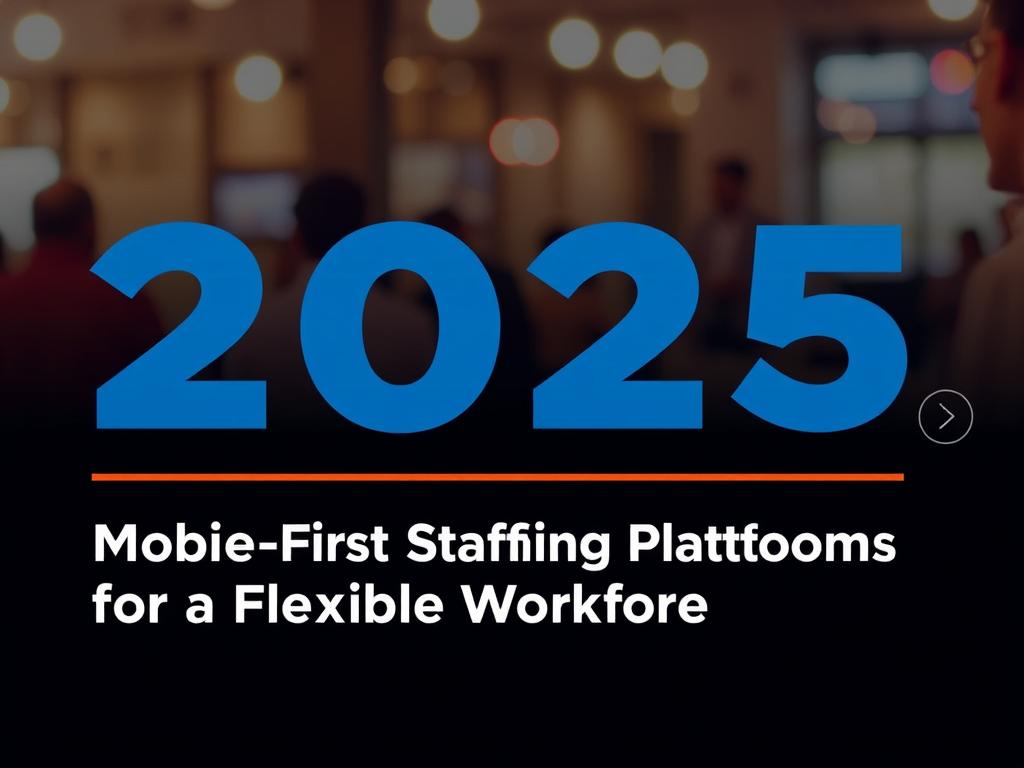
With remote work firmly entrenched in modern business culture, staffing management technology in 2025 is prioritizing mobile-first platforms. These solutions enable both recruiters and candidates to interact seamlessly through smartphones and tablets, supporting flexible work environments and global talent engagement.
Mobile apps for staffing provide real-time notifications, allow submission of applications on-the-go, and facilitate virtual interviews. For employers, this trend in staffing management technology amplifies access to a wider talent pool, especially hourly and contingent workers who often rely on mobile devices for job searching.
Advantages of Mobile Staffing Solutions
- 24/7 accessibility for candidates and recruiters
- Greater reach into untapped labor markets
- Enhanced candidate engagement with instant updates
- Support for remote onboarding and training initiatives
Blockchain for Secure and Transparent Hiring Processes
An emerging and game-changing trend in staffing management technology is the adoption of blockchain to verify credentials and create transparent hiring processes. Blockchain technology offers a decentralized ledger system where candidate qualifications, certifications, and work history can be securely stored and shared.
This approach drastically reduces fraudulent claims on resumes and shortens verification times, boosting employer confidence in candidate information. Moreover, it empowers candidates to maintain a verified digital identity that can easily be updated and presented to future employers.
Impact of Blockchain Technology on Staffing

| Feature | Benefit | Effect on Recruitment |
|---|---|---|
| Digital Credential Verification | Minimizes resume fraud | Speeds up hiring decisions |
| Immutable Records | Increases trustworthiness of candidate data | Raises the quality of hires |
| Decentralized Data Management | Improves privacy and security | Supports compliance with data regulations |
Focus on Employee Experience and Engagement Technologies
Staffing management technology in 2025 doesn’t just target hiring — employee experience (EX) is now front and center. Tools designed to monitor, improve, and maintain high levels of engagement are proliferating, reflecting the understanding that retention is as vital as recruiting.
Platforms with AI-driven pulse surveys, sentiment analysis, and personalized communication help HR departments address issues before they lead to turnover. These technologies integrate seamlessly with workforce management systems to create a holistic approach to staffing that emphasizes individual employee needs.
Key Features Enhancing Employee Experience
- Real-time feedback mechanisms
- Personalized learning and development pathways
- Recognition and reward automation
- Work-life balance and wellness tracking
Conclusion
As we move into 2025, staffing management technology is becoming more intelligent, automated, and centered on real human needs. From AI-powered candidate sourcing to blockchain-backed credential verification, these innovations are streamlining the hiring process and enabling better workforce decisions. Remote and mobile-friendly platforms ensure that companies can attract diverse talent across geographies, while data analytics and employee engagement tools help retain and nurture that talent once hired. For organizations willing to embrace these trends, the future promises a more efficient, transparent, and people-focused approach to staffing—one that balances technology’s power with the human connection at the heart of every great workforce. Staying informed and adaptable will be key to turning these evolving staffing management technologies into lasting business success.
